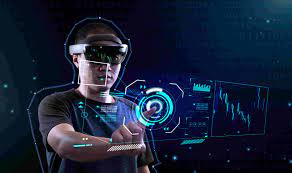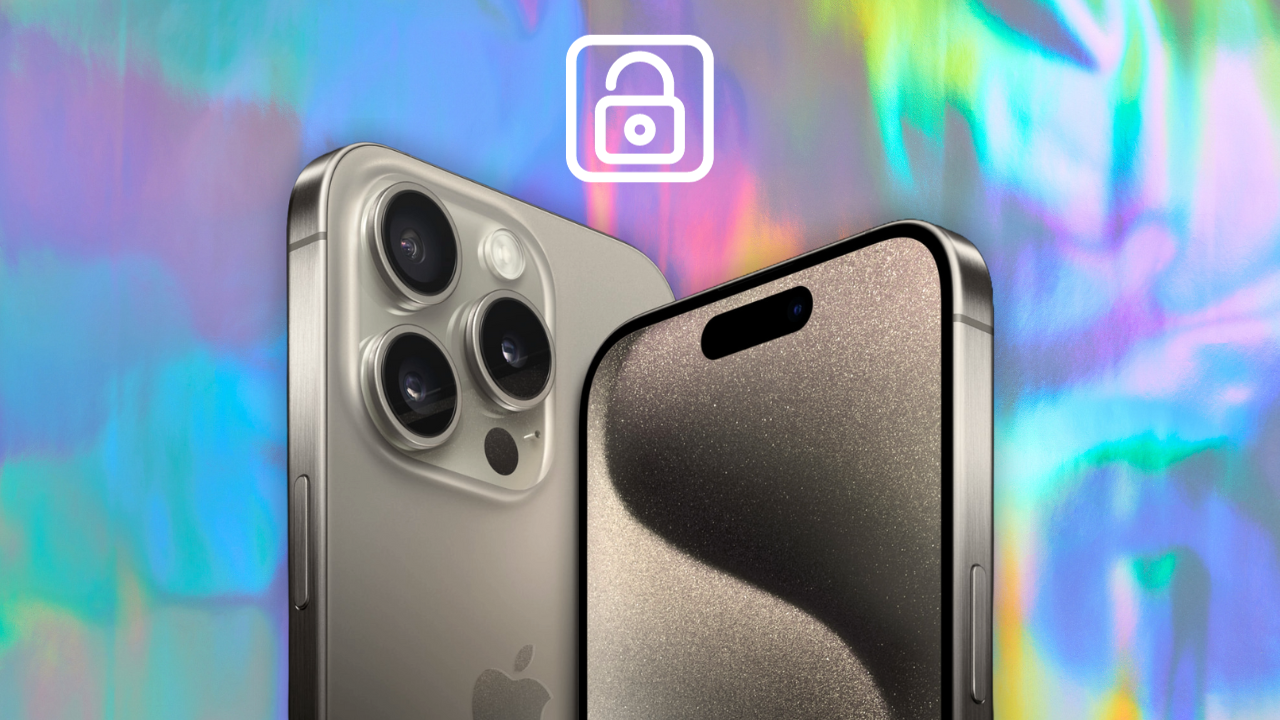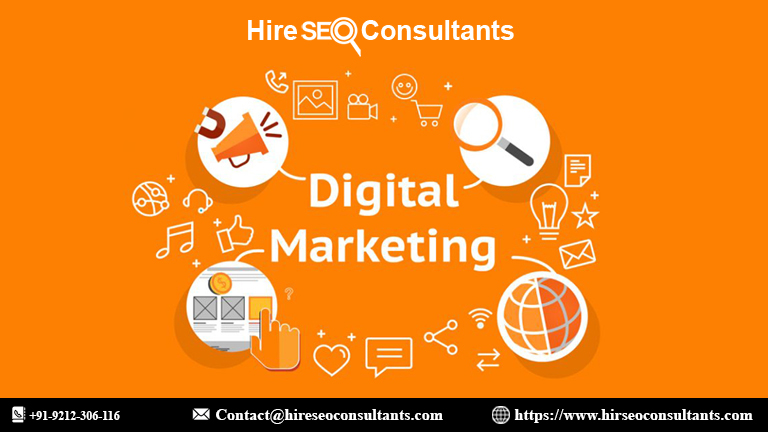Discussing the virtual reality and augmented reality for applications
In today's fast-paced world of virtual reality and augmented reality, the technological landscape is constantly evolving.

In today's fast-paced world of virtual reality and augmented reality, the technological landscape is constantly evolving. Cutting-edge technology has become an integral part of our lives, revolutionizing the way we work, communicate, and entertain ourselves.
Among these transformative innovations, Virtual Reality (VR) and Augmented Reality (AR) stand out as remarkable game-changers with limitless potential. In this blog post, we will delve into the exciting possibilities that VR and AR offer across various applications, including IT services, education, entertainment, and more, all within the backdrop of the technological revolution.
Enhancing IT Services with Virtual reality and Augmented reality
The world of IT services is no stranger to adopting cutting-edge technology to streamline processes, enhance user experiences, and solve complex problems. VR and AR have stepped onto this stage, offering unique opportunities to revolutionize IT services.
Imagine a scenario where IT professionals can troubleshoot network issues or software glitches in a virtual environment, visualizing complex data structures and system architectures with ease. This not only simplifies problem-solving but also minimizes downtime, saving companies precious resources.
Moreover, VR and AR can be invaluable in training IT professionals. They can simulate real-world scenarios, allowing employees to practice their skills in a risk-free environment. This hands-on training can significantly reduce the learning curve and improve the overall competence of IT teams.
Education in the Virtual Realm
Education has been a prime beneficiary of technological advancements, and VR and AR have elevated it to new heights. These immersive technologies can transport students to historical events, scientific laboratories, or even outer space, creating unparalleled learning experiences.
For instance, the World Wide Telescope (WWT), a virtual observatory powered by cutting-edge technology, allows students to explore the cosmos like never before. They can navigate through galaxies, study celestial bodies, and comprehend complex astronomical concepts with ease. This interactive approach to education not only makes learning more engaging but also fosters a deeper understanding of the subject matter.
Furthermore, Viva Technology, an annual tech event that celebrates innovation and startups, is increasingly incorporating VR and AR to showcase the latest advancements in the tech world. This not only provides a platform for tech enthusiasts to experience the future of technology but also inspires the next generation of innovators.
Gaming and Entertainment Redefined
One of the most prominent and widely recognized applications of VR and AR is in the world of gaming and entertainment. These technologies have catapulted the gaming experience to new heights by blurring the lines between the virtual and real worlds.
Cutting-edge VR headsets like the Oculus Rift and the PlayStation VR have made it possible for gamers to step inside their favorite virtual worlds, whether it's exploring the mystical realm of Skyrim or surviving a zombie apocalypse. These immersive experiences create a sense of presence and excitement like never before.
On the other hand, AR has transformed the way we interact with the real world by overlaying digital information onto our physical surroundings. Games like Pok mon Go and Minecraft Earth have demonstrated the potential of AR in turning everyday locations into augmented playgrounds. The integration of AR into entertainment opens up a world of possibilities for interactive storytelling and mixed-reality experiences.
Healthcare Revolution with VR and AR
In the healthcare sector, VR and AR have emerged as powerful tools for diagnosis, treatment, and medical training. Surgeons can use VR to practice complex procedures before performing them on patients, reducing the risk of errors and improving surgical outcomes.
AR, on the other hand, can provide real-time information during surgeries, allowing surgeons to access critical data without taking their eyes off the patient. This has the potential to revolutionize the precision and safety of medical procedures.
Moreover, VR has proven to be highly effective in pain management and therapy. Patients can be immersed in calming environments, diverting their attention from pain and anxiety during medical treatments. This not only enhances the patient's experience but also contributes to faster recovery.
Augmented Reality in Retail and Marketing
Retailers and marketers have also recognized the potential of AR to engage customers in innovative ways. AR apps enable customers to try on clothing virtually, see how furniture fits in their homes, or even preview products in 3D before making a purchase. This not only enhances the shopping experience but also reduces the likelihood of returns.
Additionally, AR can be used for location-based marketing. For instance, as customers walk past a store, they might receive AR notifications about ongoing sales or promotions. This targeted approach can drive foot traffic and boost sales.
Collaboration and Remote Work
The COVID-19 pandemic accelerated the adoption of remote work, making collaboration tools more important than ever. VR and AR offer novel ways to collaborate across distances. Virtual meeting spaces can replicate the feeling of being in the same room, fostering better communication and teamwork.
Remote employees can use AR glasses to access real-time information and instructions while working on tasks. This not only increases productivity but also reduces the need for physical presence, saving time and resources.
Travel and Tourism
Travel enthusiasts have not been left behind in benefiting from VR and AR technologies. VR can transport users to exotic destinations, allowing them to explore and plan their trips virtually. This immersive experience can inspire wanderlust and assist travelers in making informed decisions about their next adventure.
AR, on the other hand, can provide real-time translations and historical information about landmarks while touring a foreign city. This enhances the travel experience by providing context and enriching the exploration of new cultures.
In conclusion, virtual reality and augmented reality have ushered in a technological revolution that is transforming various industries and aspects of our lives. From IT services and education to gaming, healthcare, retail, and more, these cutting-edge technologies are pushing the boundaries of what is possible.
The World Wide Telescope (WWT) exemplifies the boundless potential of VR and AR, providing a glimpse into the limitless possibilities of these immersive technologies. As we continue to embrace and develop VR and AR applications, we can look forward to a future where the lines between the virtual and real worlds blur even further, unlocking new opportunities and experiences for generations to come. Viva technology, indeed!
What's Your Reaction?




















